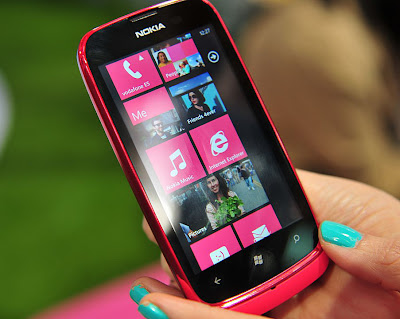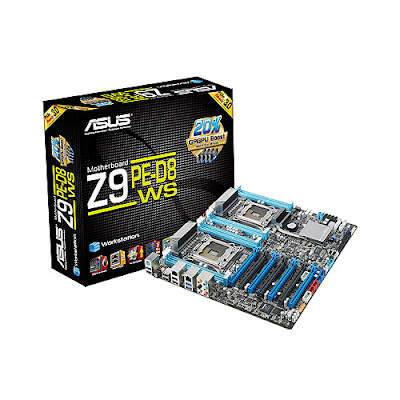
Rumors on the long-awaited Android 4.0 Ice Cream Sandwich update for Samsung Galaxy S II have come and gone, but the Korean handset maker did not confirm any release dates.
It was originally believed that Samsung will deploy an Ice Cream Sandwich update for the Galaxy Note on March 1, followed by an update for the Galaxy S II within the next few days.
It appears that the information wasn't that accurate, as Galaxy Note is still stuck on Android 2.3 Gingerbread. However, Samsung Galaxy S II has just been confirmed for an ICS update on March 10.
According to Samsung Philippines, Ice Cream Sandwich 4.0 upgrade for Galaxy S II will be available on March 10.
The update can be downloaded via Kies 2.0, but users are recommended to download...



 3/08/2012 09:52:00 PM
3/08/2012 09:52:00 PM
 dannzfay
dannzfay

























